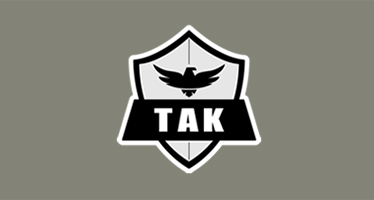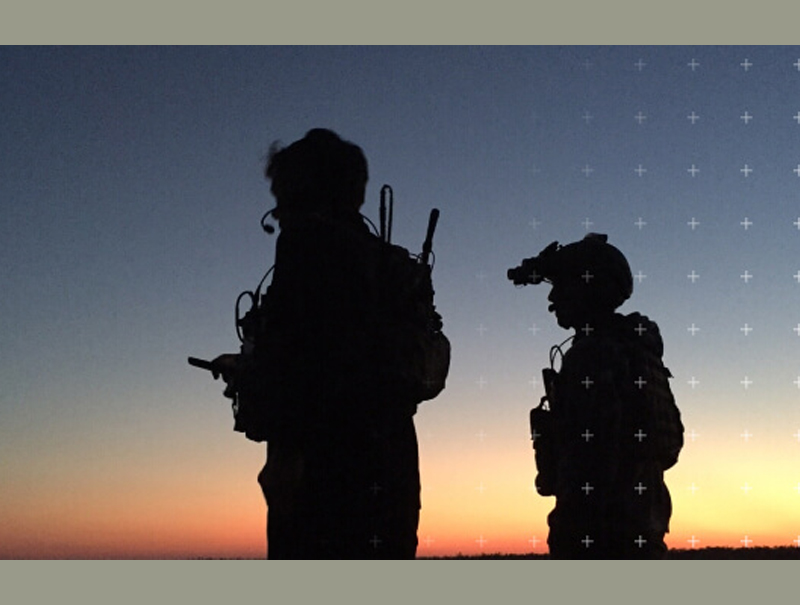Law Enforcement Solved Unified Situational Awareness with TAK

Unified Situational Awareness
Many applications exist which take advantage of smartphones for BFT, but very few of them can communicate with each other. The lack of interoperability between disparate tools presently allows for scenarios where dangerous blue on blue or blue on green contact could occur. By using a central hub (in this case TAK Server), all SA data has a single focal point ensuring uniformity.
DHS TAK Program
Over the past five years, DHS Science and Technology Directorate (S&T) has successfully leveraged this system to support federal agency response during natural disasters and coordinated operations. TAK clients use the native communications built into the hardware (e.g. cellular, wi-fi, etc.) to pass data across an existing network to the TAK server (and onto other devices with TAK clients). ATAK supports a "plug-in" architecture, which allows non-native communications provided by external communications devices (e.g. SATCOM, MANET, etc.), to interface with ATAK and pass data across the networks created by those external communication devices. This allows ATAK to be used with technologies which solve many of the current "comms" issues encountered by end users.

Learn more about TAK’s products used by law enforcement

WinTAK-CIV
Windows OS Team Awareness Kit for Civilians

ATAK-GOV
TAK for Government

TAK Server
TAK Server is a tactical information management platform that provides data access and encryption across disparate networks. TAK Server secures, brokers, and stores data in standalone and federated configurations. It is required whenever TAK clients are not operating in a peer-to-peer network or there is an operational need to encrypt and store mission data. Client plugins, such as DataSync and Execution Checklist, also require TAK Server.
